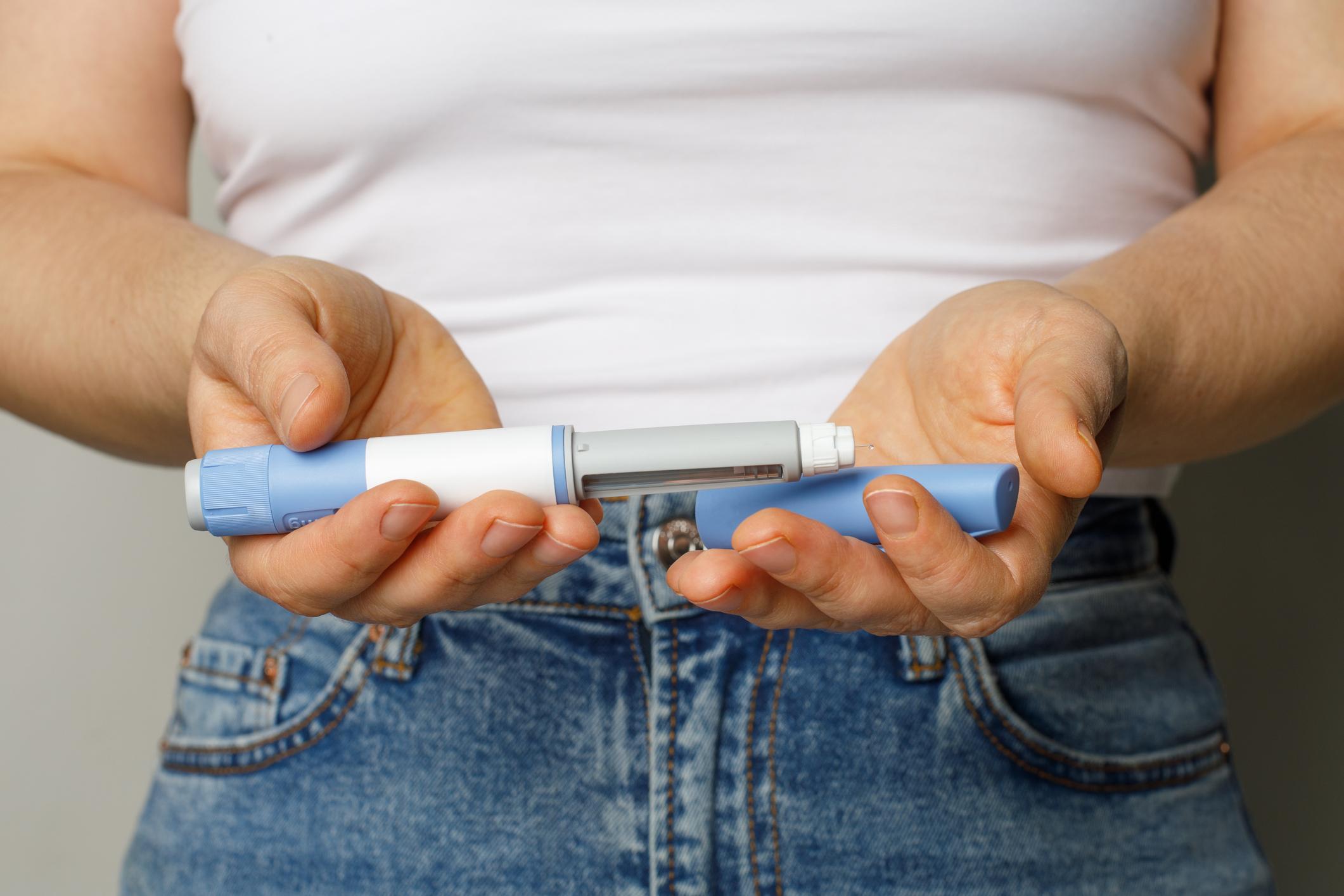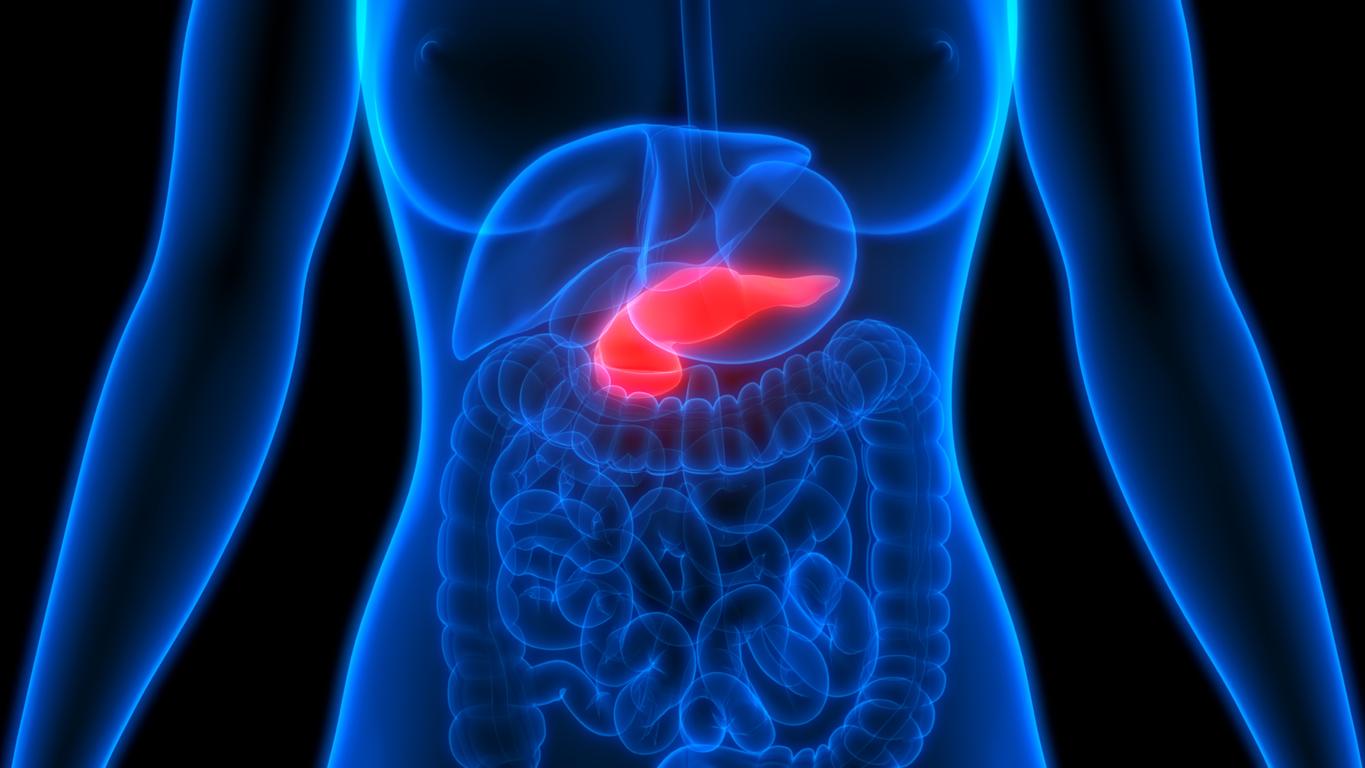Fertility problems may one day be solved by advances in 3D medicine. Hope is fueled by the recent experience of researchers at Northwestern University in the United States. Ovaries 3D printedhelped restore the fertility of a mouse.
Ovarian prostheses were made from gelatin, a derivative of collagen found naturally in animal ovaries, using a 3D printer. Grafted into sterile mice, they allowed rodents to conceive again by giving birth to healthy offspring.
These female gonads were made using a complex process: the ovaries were designed from gelatin filaments printed and interwoven with each other. It is in this structure that the follicles of mice were implanted in order to be able to develop. The ovaries of seven mice were then replaced by these prostheses which vascularized without problem, allowing the follicles to ensure the development of the eggs within them. The baby pups were born healthy and breastfed by their mothers, a sign that the hormonal process was working well.
Hope for cancer survivors
The use of 3 D technologyto produce reproductive tissue heralds new opportunities in the treatment of fertility. Such modified ovaries could for example be used to restore the fertility in cancer survivors rendered sterile after the treatmentsby radiotherapy or chemotherapy.
It remains to be seen in future studies whether such bioprosthetic ovaries could work in women.
The work has been published in the journal Nature communications.
Read also :
Cancer: diagnosed infertile, she gives birth to a baby girl
Soon new bone grafts thanks to the 3 D printer
















